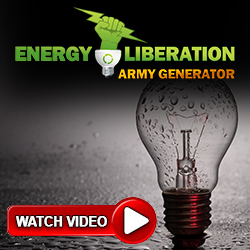A new method to extract more efficient and polarized light from quantum dots (QDs) over a large-scale area has been developed by researchers. Their method, which combines QD and photonic crystal technology, could lead to brighter and more efficient mobile phone, tablet, and computer displays, as well as enhanced LED lighting.
Physicists come up with a way to make cleaner fuel cells
An international group of scientists has developed ion-exchange synthetic membranes based on amphiphilic compounds that are able to convert the energy of chemical reactions into electrical current. The new development could potentially be used in fuel cells, and in separation and purification processes.
Major advance reveals how charge forms in key radiation-absorbing layer within solar cells
Researchers demonstrate in a new study the precise mechanism by which sunlight generates electrical charge within cutting-edge solar cell film, yielding potential benefits for solar power industry.
Silent flights: How owls could help make wind turbines and planes quieter
A newly designed material, which mimics the wing structure of owls, could help make wind turbines, computer fans and even planes much quieter. Early wind tunnel tests of the coating have shown a substantial reduction in noise without any noticeable effect on aerodynamics.
Chemistry controls magnetism
Magnets are well-known from the physics lessons at school, but they are hardly covered in chemistry lectures; and it is still a chemical process by means of which researchers have succeeded in controlling magnetic properties in bulk ferromagnets. While physical processes may influence the orientation of the magnetic fields, the chemical process in this case controls magnetism in carefully chosen strongly ferromagnetic material systems. The working principle used in this case is similar to the concept of lithium-ion batteries.











